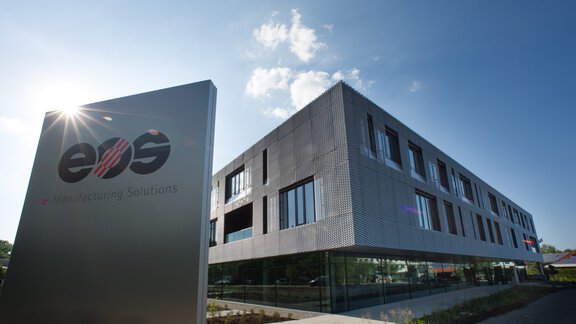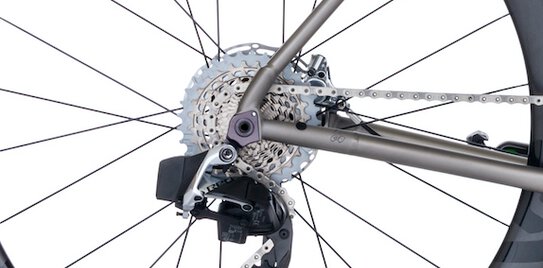Key Drivers for Additive Manufacturing in 2021
Sustainability will be our key driver as of 2021
In large part due to the pandemic, I believe that one of the greatest lessons learned collectively in 2020 is that as an organization, one of your most important priorities is societal impact. For that reason, I think that in 2021 sustainability will be the essential challenge for the 3D printing industry.
At EOS we want to further improve the resource efficiency of our technology regarding consumption of energy and materials. We create technology that enables lightweight, extends product life, reconfigures value chains and that can reduce inventory waste by introducing a spare parts on-demand concept. To serve humanity, we enable applications to improve people’s lives through medical products like orthopedic implants, orthoses and prostheses, custom fit footwear and smart wearables.
Industrial 3D printing enables a demand-driven, distributed production
Another trend is that production becomes more digital, decentralized, and flexible to better adapt to ever changing market requirement and customer needs. As proven during the pandemic, additive manufacturing is primed to address this:
- Distributed Manufacturing uses a network of geographically dispersed, digitally connected facilities – manufacturing can happen where and when it is needed.
- This leads to fast response times, and more resilient and transparent supply chains.
- It increases the flexibility of production, reduces storage, warehousing and shipping costs.
- Products are easily adaptable to individual or regional tastes
- This demand-driven approach and localized production make the pre-financing of products unnecessary and avoids over-production.
High-performance bike company Moots, for example, saw an opportunity to use 3D printing to fundamentally change the way it produced its flat brake mount and dropout, a small but crucial piece at the rear of the bike frame, used to hold the rear brake caliper as well as the hub for the rear axle. Using 3D printing, Moots was able to create a customized, fully production-ready flat mount that not only stood up to the high-level of durability this part requires, but that also fits the proper alignment and lightweight requirements of its signature titanium frames. With the help of 3D parts producer i3D and the EOS M 290, our best-selling metal 3D printer known for its powerful detail resolution and vast range of applications, the 3D printed part is now being used on over 70% of Moots bikes produced annually.
Overall, a combined approach to sustainability, digitization and industrialization will be the major trend to watch out for in 2021 and ahead. It will be essential to integrate industrial 3D printing into the digital value chain of production and to further industrialize the technology for series production, with the holistic goal of sustainability.



